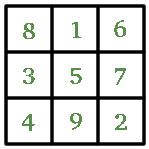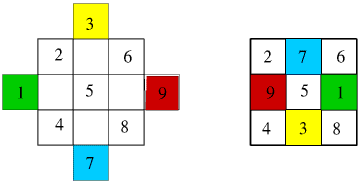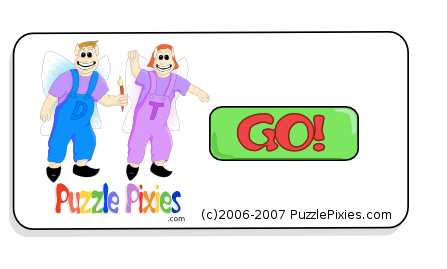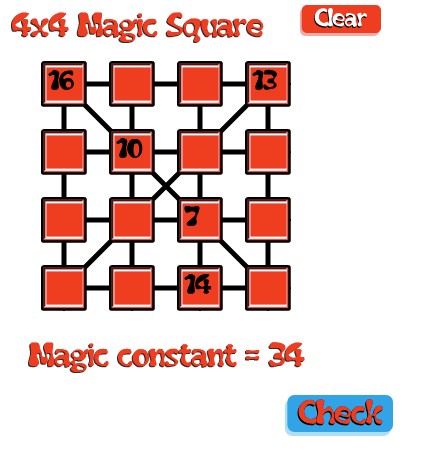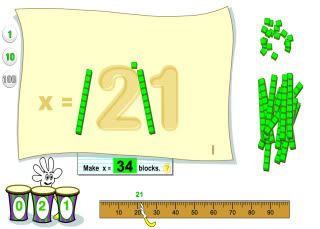
The first step to truly understanding how to add and subtract is to understand the parts of an equation!
Addition -
A simple addition problem usually looks like this
6+2=8
The + sign is called a plus sign. This sign means add.
The = is called an equal sign. This shows the answer to the problem you have just completed.
Both the 6 and the 2 are called addends in addition. The two number that will be added
The 8 in this problem is called the sum. The sum is the answer you got to by adding two or more numbers together.
Subtraction -
A simple subtraction problem usually looks like this
4-1=3
The - sign is called a minus sign. This sign means subtract.
The = is called an equal sign. Just like addition, this shows the answer to the problem you have just completed.
In subtraction the number 4 is called a minued. This is the number that comes first and is usually the larger number.
Unlike addition the 1 has a different name then the four. It is called a subtrahend and is usually the smaller number.
The 3 in this problem is called the difference. The difference is the answer you got by subtracting two or more numbers together.
